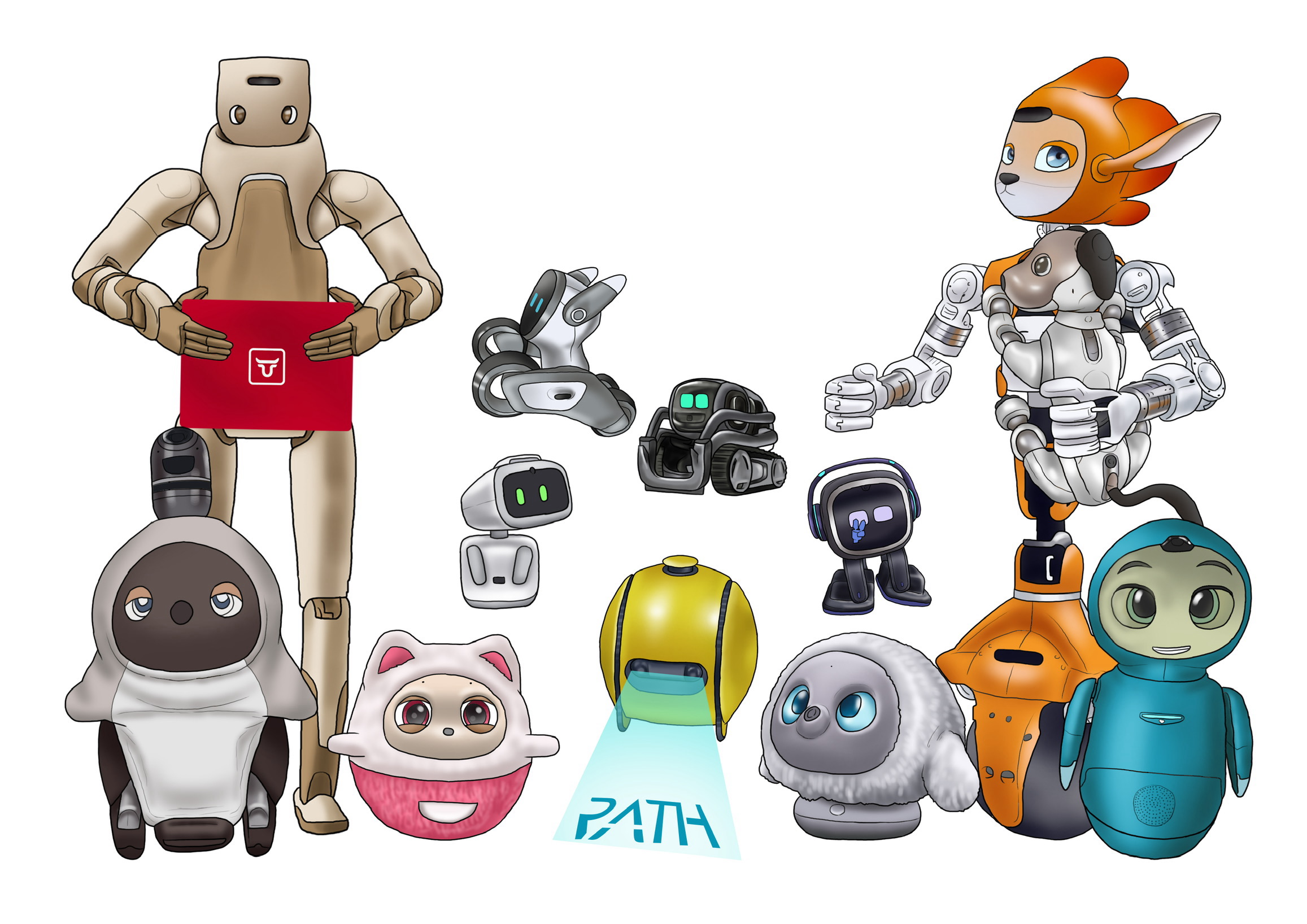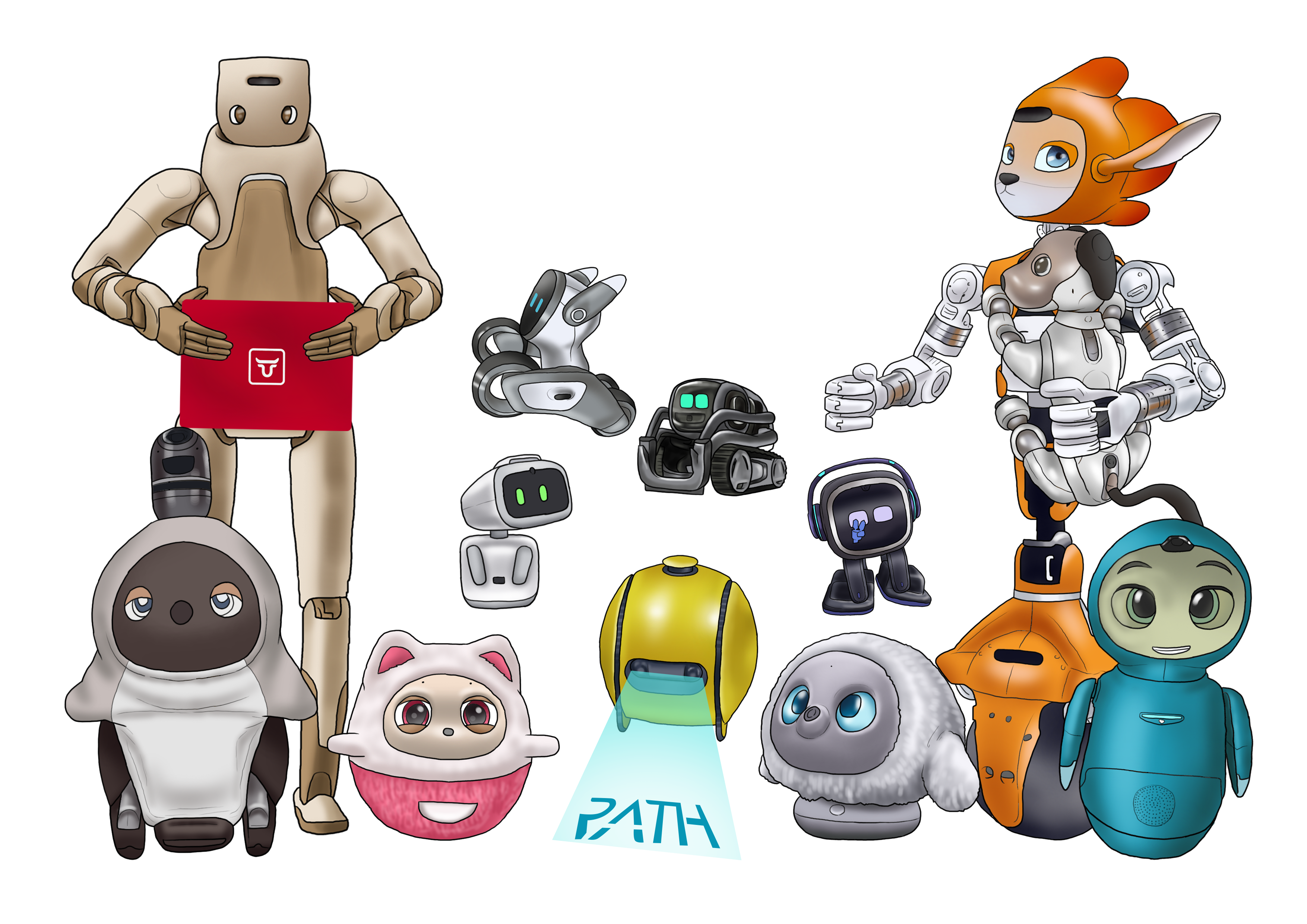You are using an out of date browser. It may not display this or other websites correctly.
You should upgrade or use an alternative browser.
You should upgrade or use an alternative browser.
Loona cannot automatically return to her power charger ? Why ? (1 Viewer)
- Thread starter Simon Chow
- Start date
- 4021
- Status
- Not open for further replies.
Keyi just released a software update to fix this issue. Does your Loona recharge successfully after the update?When loona run out of power, it cannot automatically returns to the charger and recharges itself.
why ? When it can fix this issue?
Thanks a lot .
Simon .
View attachment 1015
Hold off on updating for now, seems a lot of owners are reporting issues with connecting to the app after the update.
In the meantime you could try placing the charging dock near a light source and see if that helps- Loona has trouble seeing in low light. Also ensure the side graphics can be clearly seen. But you probably know this already.
On a positive note I have heard people who successfully completed the update are noticing a marked improvement in Loonas charging ability, even in low light.
In the meantime you could try placing the charging dock near a light source and see if that helps- Loona has trouble seeing in low light. Also ensure the side graphics can be clearly seen. But you probably know this already.
On a positive note I have heard people who successfully completed the update are noticing a marked improvement in Loonas charging ability, even in low light.
Thanks for the feedback on this. Glad yours updated safely with no issues. I’ll probably try updating one of mine to see the difference. Hopefully they improve self charging in future updatesAfter updating... loona almost successfully self charge BUT not quite I have to assist every time
Keyi have released another new software update to fix the bugs in the previous one. It should be ok to update now, mine updated successfully no problem.
A lot of positive feedback about charging although some people still say it’s hit and miss. I guess your best hope would be to update and see if you notice an improvement. All the best.
A lot of positive feedback about charging although some people still say it’s hit and miss. I guess your best hope would be to update and see if you notice an improvement. All the best.
I found the answer to this. The CEO of Keyi has taken the unprecedented step of responding directly to posts in LC. I summarised why Loona has difficulty finding the changer:
To get around this Loona uses a gyroscope to orient herself when turning. But this gyroscope becomes inaccurate and she is unable to calibrate it herself, thus explaining why Loona fails to find the charging station frequently.
Although it’s yet another overly complicated characteristically Keyi answer to what should be a simple question.
Although using a gyroscope to manoeuvre when backing into the charger is genius, and once the team optimises this process it will probably be more accurate than using costly additional sensors. Also biological pets don’t have eyes on the back of their heads, so why should Loona.
To answer your question why Loona fails to automatically return to the charging station-because Loonas ability to find the station via mapping is still under development.
- The auto-recharge algorithm is being improved.
- Some strategies for auto-recharge have been optimized in the previous version.
- A larger model has been trained to be compatible with more possible lighting environments.
- Loona's wheels sometimes slip, but a gyroscope is used for calibration to make precise turns even when the wheels slip.
- After a certain period of use, the gyroscope will have angle drift, causing inaccurate 180-degree rotation.
- This can be corrected by recalibrating the IMU through the calibration function.
- New algorithms are being researched that allow Loona to calibrate the gyroscope on its own without manual intervention.
- Before that, it may be necessary to recalibrate the IMU after a few days of use.
To get around this Loona uses a gyroscope to orient herself when turning. But this gyroscope becomes inaccurate and she is unable to calibrate it herself, thus explaining why Loona fails to find the charging station frequently.
Although it’s yet another overly complicated characteristically Keyi answer to what should be a simple question.
Although using a gyroscope to manoeuvre when backing into the charger is genius, and once the team optimises this process it will probably be more accurate than using costly additional sensors. Also biological pets don’t have eyes on the back of their heads, so why should Loona.
To answer your question why Loona fails to automatically return to the charging station-because Loonas ability to find the station via mapping is still under development.
A
Alan Watts
Guest
Why not use the bluetooth on board to get him close enough to find it. We could add something to the charging station. If not that then the wifi. We can add something to the charger
JordeNOlive
RATH Rookie
First of all bluetooth has no proximity detection. Its like wifi. if its in range it connects and it cant know how far the device is. So the idea itself wont work. Second, the charging doc doesn't have a bluetooth hardware to connect to the bot. The bot has a LiDar sensor which can use laser to map the 3D depth of the view area. I believe their plan is to use it to map the whole house/room and it could remember the position of the charger. This is how liDar robot vacuum cleaners work now. But I am just speculating at this point. But if technically its possible according to my understanding as its already working fine with robot vacuums without a fail every time. But the vacuum bots lidar spins really fast so it can get a real-time map of where it is in the house while it moves. But in Loona its static on its frontside so it cant be that realtime. But hopefully it will get better as they have enough hardware onboard. But if it was opensource, there could have been more fun and interesting stuff going around it as it have potential. But is seems Loona's trend is going down now. If you check the internet, all I see is their advertisements pushed once a week or so no user reviews or stuff from users anymore.Why not use the bluetooth on board to get him close enough to find it. We could add something to the charging station. If not that then the wifi. We can add something to the charger
Regarding the ads Loona doesn’t make that expression when looking at a mirror as my footage shows.

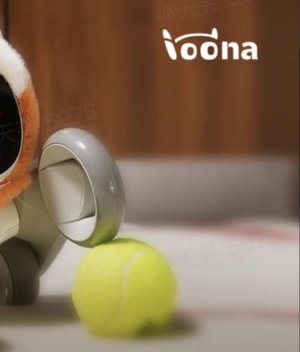


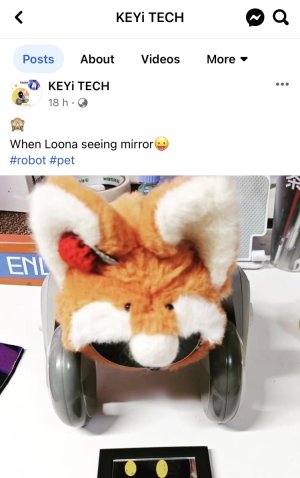
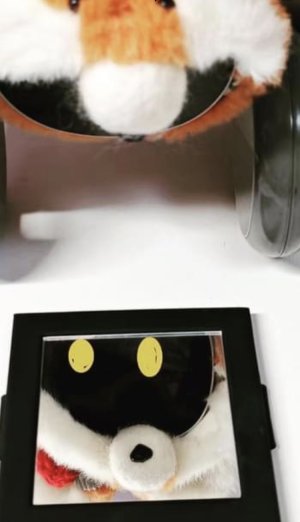
View attachment trim.70BD0424-6795-474D-BBC9-2C770979C26E.MOV






View attachment trim.70BD0424-6795-474D-BBC9-2C770979C26E.MOV
Last edited:
K
Kan
Guest
My Loona can't automatically go to charge, even though the charging station is right in front of her. I have to place a lamp near the charging station to make its logo visible,  .
.
I believe Loona's charging algorithm might improve some image preprocessing when it's searching for the station.
I believe Loona's charging algorithm might improve some image preprocessing when it's searching for the station.
Thanks for sharing this great tip Kan- will have to try this with mine!My Loona can't automatically go to charge, even though the charging station is right in front of her. I have to place a lamp near the charging station to make its logo visible,.
I believe Loona's charging algorithm might improve some image preprocessing when it's searching for the station.
Do you know why the head tilts back as Loona reverses backwards? It looks so unnatural. I’m surprised the charging animations are not the same as advertised in the promo materials.
Let’s hope the charging will get better if Keyi improve the image preprocessing
D
Daniel
Guest
Same with mine
JustinBieberIsBroke
RATH Rookie
hey, i wanna order luna, but not from consumer side, but from technician side, i worked for my big startup now i have free time, and i wanna know one thing, how AI in luna works, can someone give me some articles or useful infos bout this, i wanna make some experiments for my small blog on AI, wanna see the differences between self-emptying robot vacuum, Boston Dynamics robot and robots like luna.
P.S maybe im in the wrong place for questions like this but at least i tried eeeh.
P.S maybe im in the wrong place for questions like this but at least i tried eeeh.
- Status
- Not open for further replies.
Similar threads
- Replies
- 4
- Views
- 541
- Replies
- 5
- Views
- 597
- Replies
- 3
- Views
- 445
